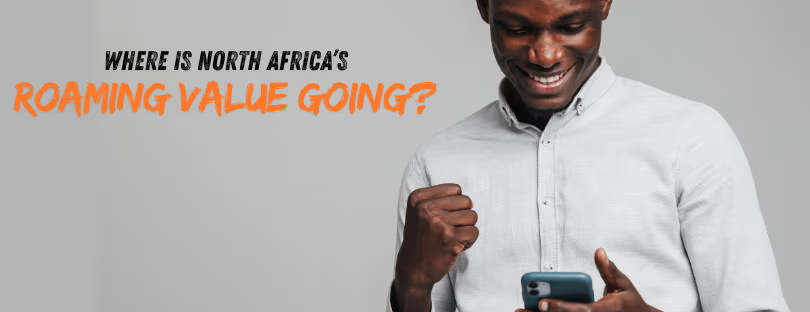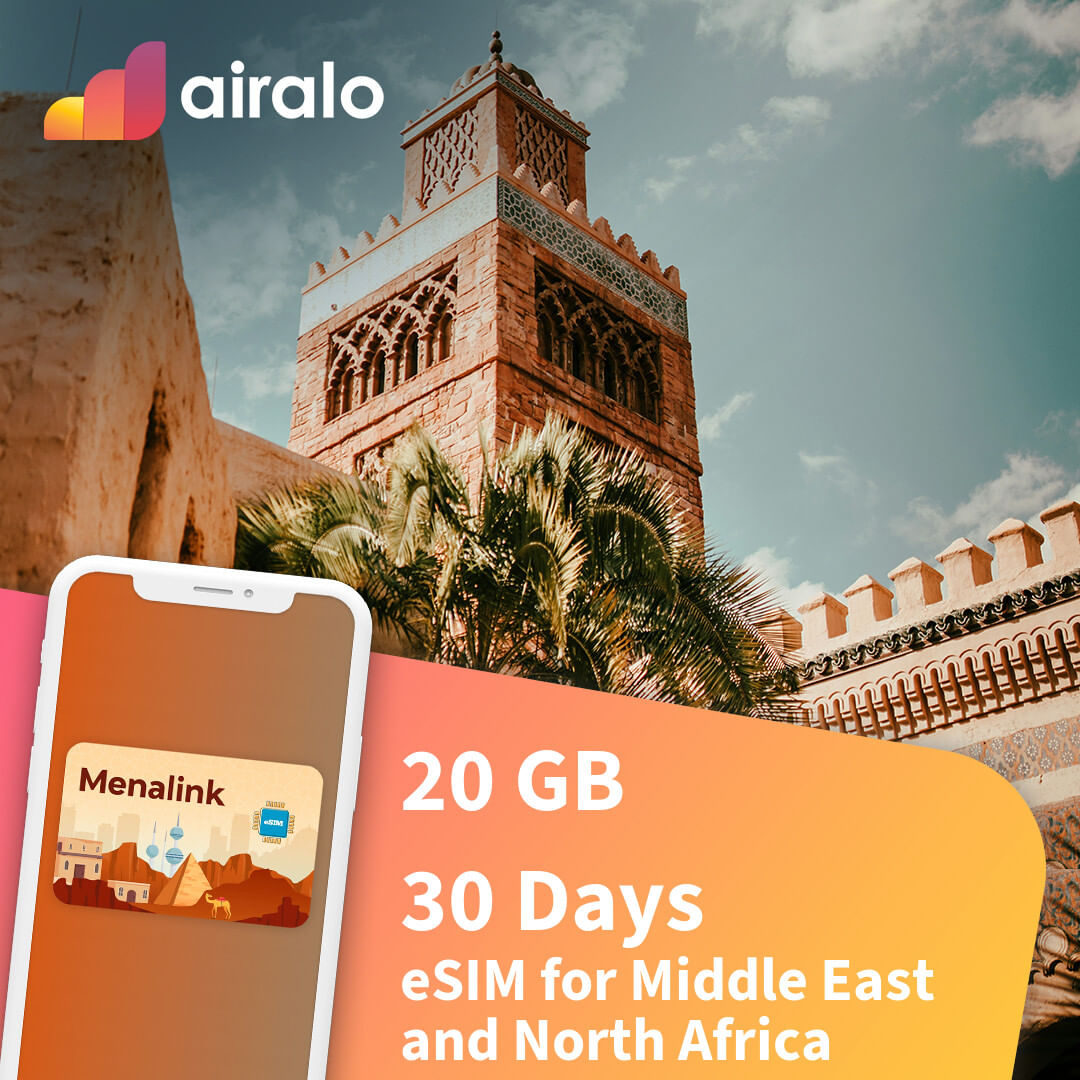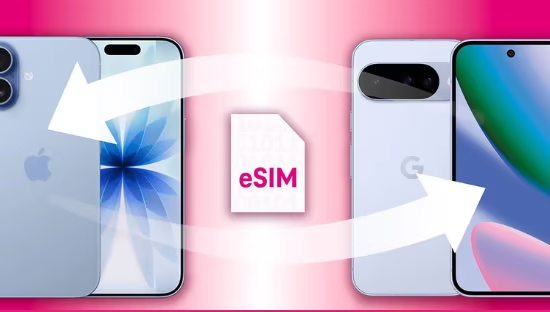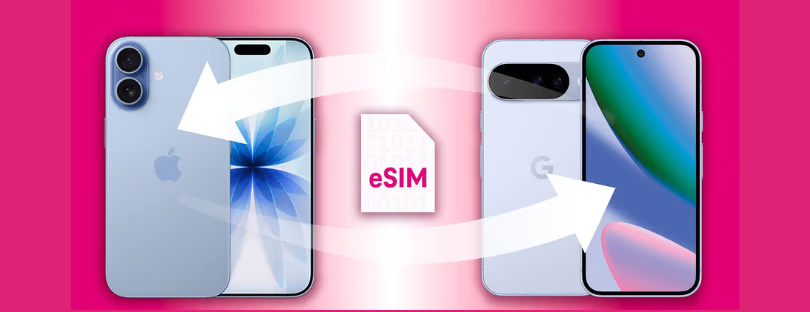
North African Operators Lose 90% of Travel eSIM Value to Global Vendors
Today, mobile operators across North Africa are keeping just 10–20% of the value of travel eSIM data consumed on their own networks by inbound roamers. The rest flows straight to gIobal eSIM vendors.
The paradox is striking: travellers are connecting, operators are carrying the traffic, but the revenue is vanishing offshore. And when locals head abroad, the same thing happens in reverse — abandoning high-margin roaming bundles for cheaper, global eSIMs.
This isn’t the old story of “cannibalisation of roaming.” This is disintermediation — and it’s already reshaping the market.
The Travel eSIM Surge Is Real
Independent forecasts paint a very clear picture:
- Juniper Research predicts global travel eSIM users will grow 440% in the next five years.
- Kaleido Intelligence expects retail spend on travel eSIMs to reach $10 billion by 2028, up from $3.3bn in 2025.
Inbound roamers want instant, digital connectivity at the point of booking. Outbound subscribers want flexible, affordable data abroad without bolt-ons or the anxiety of bill shock. Global marketplaces like Airalo, Nomad, and Holafly are filling that need at scale.
For decades, roaming margins were protected by reciprocal wholesale agreements. With eSIM, that protection has evaporated. Push too hard on wholesale rates, and traffic simply flows to a competitor. Do nothing, and digital vendors take almost everything.
Operators Still Hold the Winning Cards
Here’s the upside: MNOs aren’t powerless. They still own the network, the customer relationship, and the brand trust that marketplaces lack. The missing piece? The ability to launch travel eSIMs at scale, with global coverage and competitive pricing.
Across the Middle East and Africa, operators who have embraced branded or co-branded eSIMs are already capturing inbound roamers directly, keeping traffic on their networks, and even winning roaming customers away from rivals. In some cases, they’ve reported 4x growth in roaming traffic and ARPU within 18 months.
Not All Travel eSIMs Are Equal
A warning worth repeating: many international eSIM providers are marketplaces, not networks. Some quietly throttle speeds, route traffic through opaque jurisdictions, or run on infrastructure that can’t guarantee reliability. Customers rarely blame the marketplace—they blame the brand on their phone’s status bar. For operators, attaching their name to cut-price, low-quality connectivity risks eroding hard-earned trust.
A Global Shift, Not Just a Regional One
The forces reshaping roaming economics in North Africa are part of a much larger global shift. Nowhere is immune.
In Europe, leading incumbents such as Deutsche Telekom and Orange have begun rolling out their own travel eSIM offers, testing both branded and white-label solutions. Their strategy is clear: meet demand for instant digital connectivity before global marketplaces do. Smaller challengers, particularly in Eastern and Southern Europe, are also experimenting with low-cost travel eSIM bundles to keep outbound customers from defecting.
Across Asia, where outbound travel numbers dwarf most other regions, operators are moving aggressively. In markets like South Korea and Singapore, MNOs are launching app-based eSIMs with real-time activation and multi-country packages, mirroring the convenience of global players. Analysts at Analysys Mason note that Asian operators are among the fastest to adopt retail eSIM models, often bundling them with fintech or lifestyle services to differentiate.
The United States shows a different dynamic. While travel eSIM uptake is growing, T-Mobile’s international passes and AT&T’s roaming add-ons continue to hold a significant share. The difference is price: US operators have already aligned closer to global eSIM rates, making them harder to undercut. But even here, marketplaces like Airalo and aloSIM are steadily gaining ground, especially among younger, tech-savvy travellers.
What emerges is a consistent pattern. Operators who act early to embrace travel eSIM — whether through in-house offers, co-branded solutions, or wholesale partnerships — are not only defending existing revenue, they are also creating new streams. Those who hesitate, by contrast, are watching as 90% of the value migrates to digital platforms headquartered far outside their home markets.
The Real Question for North African MNOs
The travel eSIM revolution isn’t “on the horizon.” It’s here. The question is whether North African operators will keep handing 90% of the value to international vendors — or take it back, as peers in Europe and Asia are starting to do.












